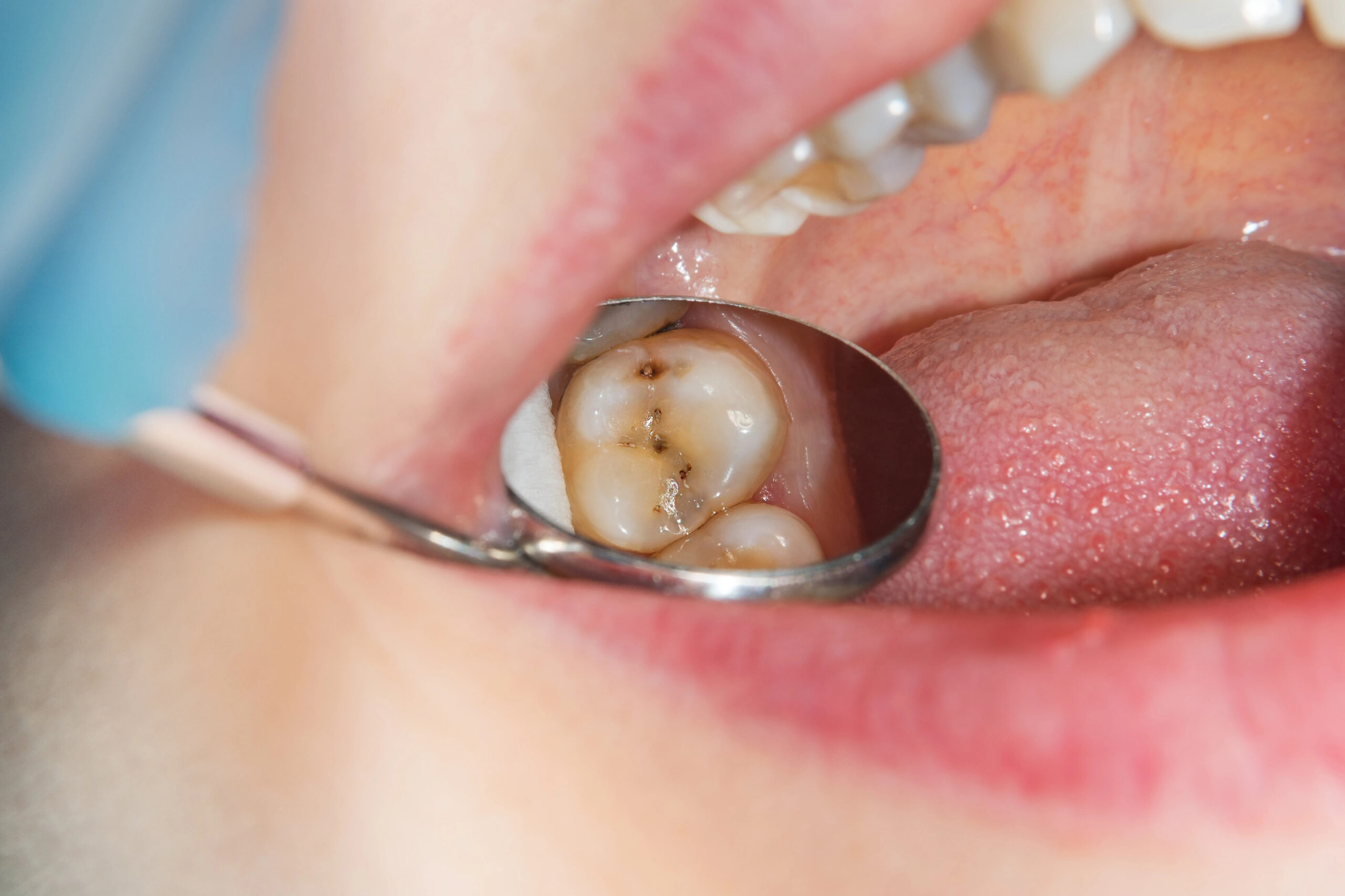Are Cavities and Tooth Decay the Same Thing?
As dental professionals, we know there can be a lot of confusion when it comes to dental terminology. You’ve probably heard us talk about “tooth decay” one minute and then...

As dental professionals, we know there can be a lot of confusion when it comes to dental terminology. You’ve probably heard us talk about “tooth decay” one minute and then “cavities” the next. Are they just two words for the same thing? Or is there a difference that actually matters?
Here’s the truth. While these two terms are closely connected, they’re not exactly interchangeable. Think of tooth decay as the process, and a cavity is the result. The sooner you catch it, the easier it is to fix. Otherwise, it will keep progressing until you do something about it.
Tooth decay is the gradual process that damages teeth. It starts at the outer layer, known as enamel. Bacteria in your mouth feed on sugars and starches from your food. That feeding process produces acids, and those acids start to wear down your enamel over time.
It is not easy to notice the signs of early tooth decay. However, if you experience yellowing of the teeth or tooth sensitivity, you may be experiencing decay. That’s why even if your teeth feel fine, regular checkups are so important. Your dentist can spot early signs of decay long before you notice a cavity.
If this acid attack continues and isn’t stopped, it can cause permanent damage to your tooth’s structure. But here’s the good news: in the early stages, tooth decay is reversible. With proper brushing, flossing, fluoride use, and regular dental visits, your enamel can actually remineralize and repair itself before a cavity even forms.
A cavity is what happens after tooth decay has done damage beyond the surface level. Once the enamel has been worn away enough, a small hole or opening forms in the tooth. That’s your cavity. It’s a visible sign that tooth decay has gone too far and caused lasting damage. At this stage, the decay may not only be visible in the form of a cavity, but it may also be painful as cavities are often associated with pain and discomfort.
Cavities don’t go away on their own. In fact, they get worse over time. That’s why your dentist needs to treat them with a filling, crown, or other restorative treatment. Once a cavity forms, you’re past the point of prevention and into the realm of repair.
If you’re thinking, “I brush twice a day, so I’m good,” that’s a great start, but it’s not the whole picture. Many cavities form in hard-to-reach areas like between teeth or along the gumline. And some people are just more prone to decay due to things like genetics, dry mouth, or diet.
The best way to avoid cavities? Focus on stopping decay before it starts. That means:
Catching decay early is such a big deal. It can mean the difference between a little fluoride treatment and needing a filling (or worse). By the time a cavity hurts, it’s already fairly advanced. Understanding the difference is one thing, but taking action is what really counts.
If it’s been a while since your last dental checkup, there’s no better time than now. We’re here to help you stay ahead of tooth decay and keep your smile strong. Schedule your dental visit today, and we can help you make sure your teeth are decay and cavity-free.